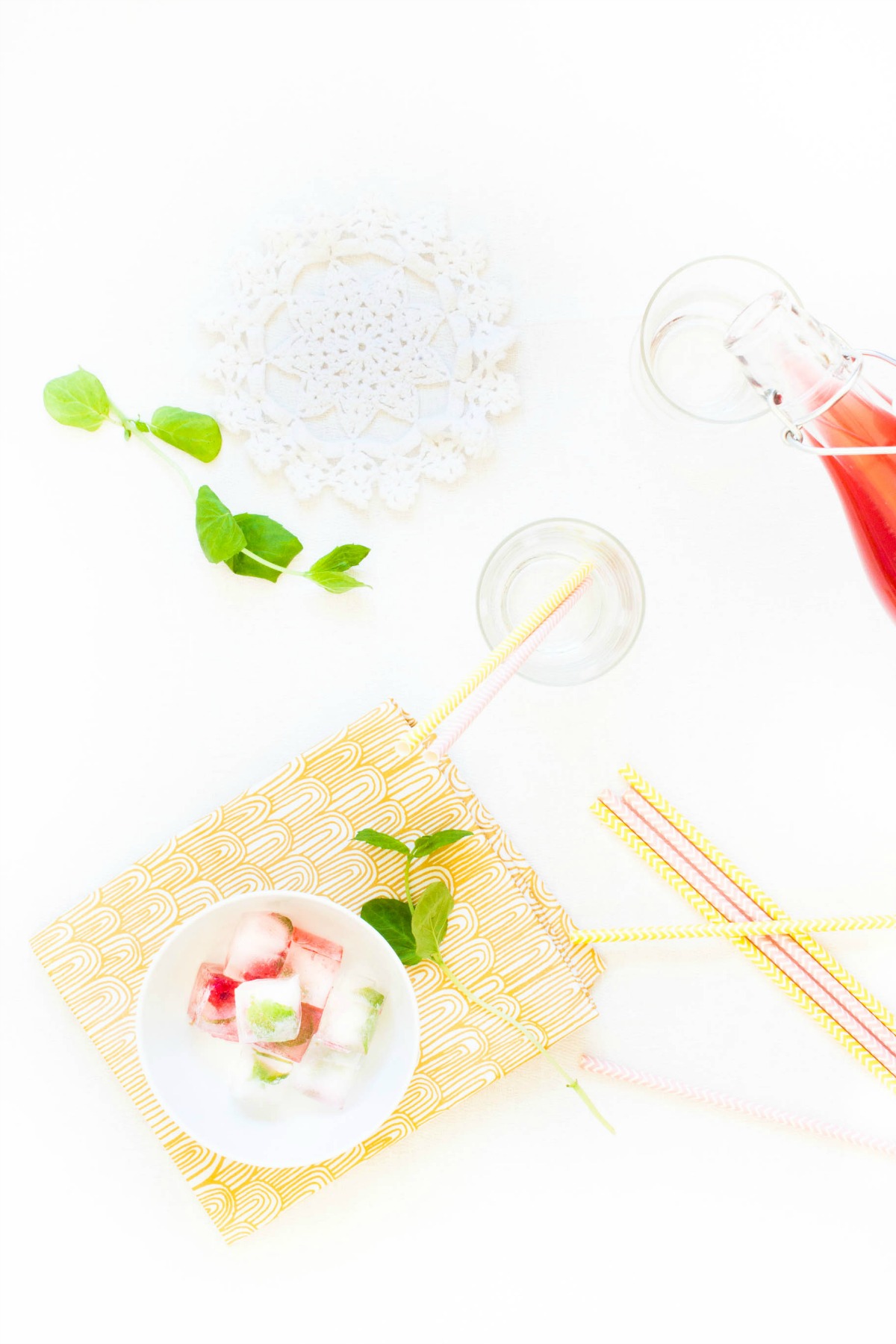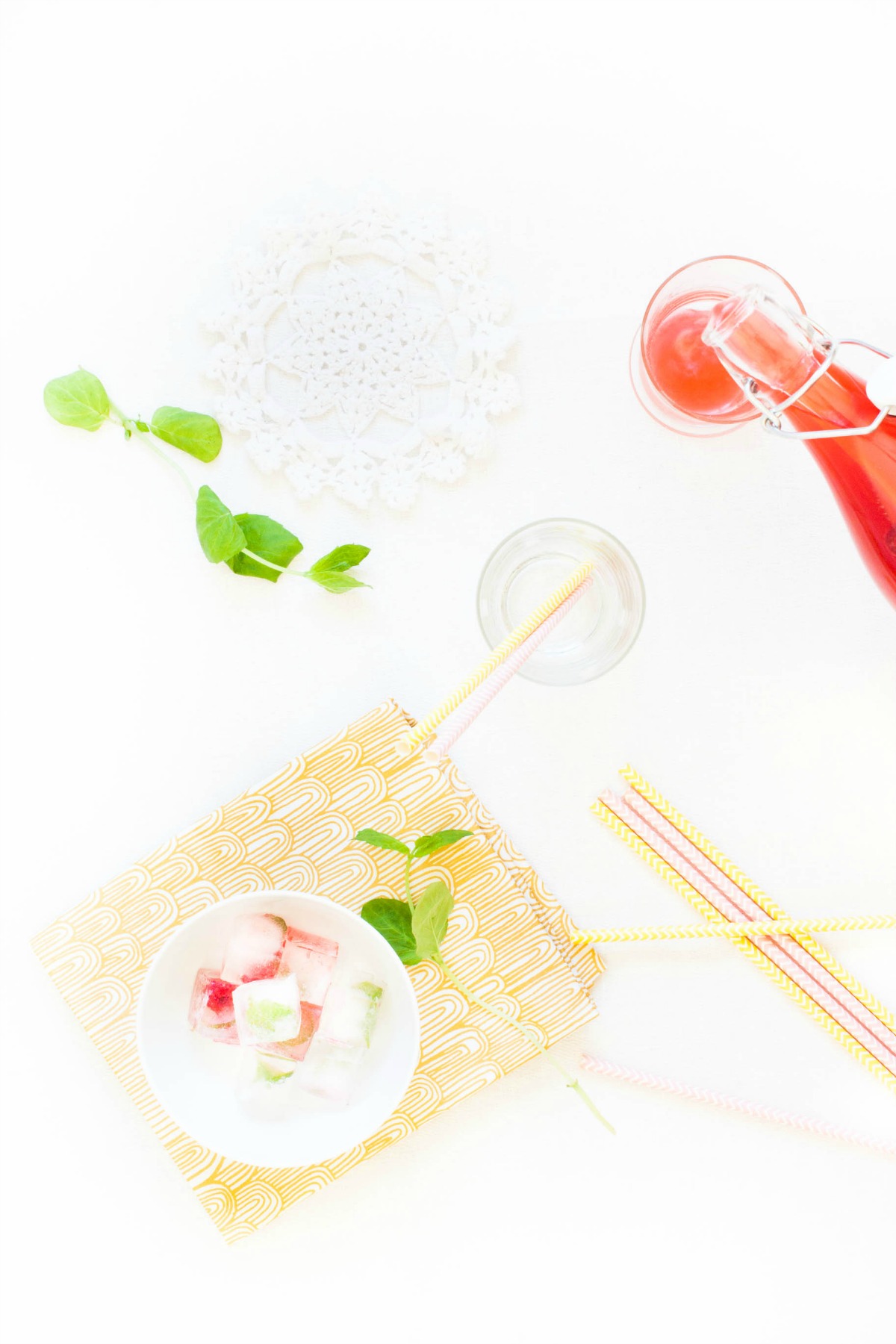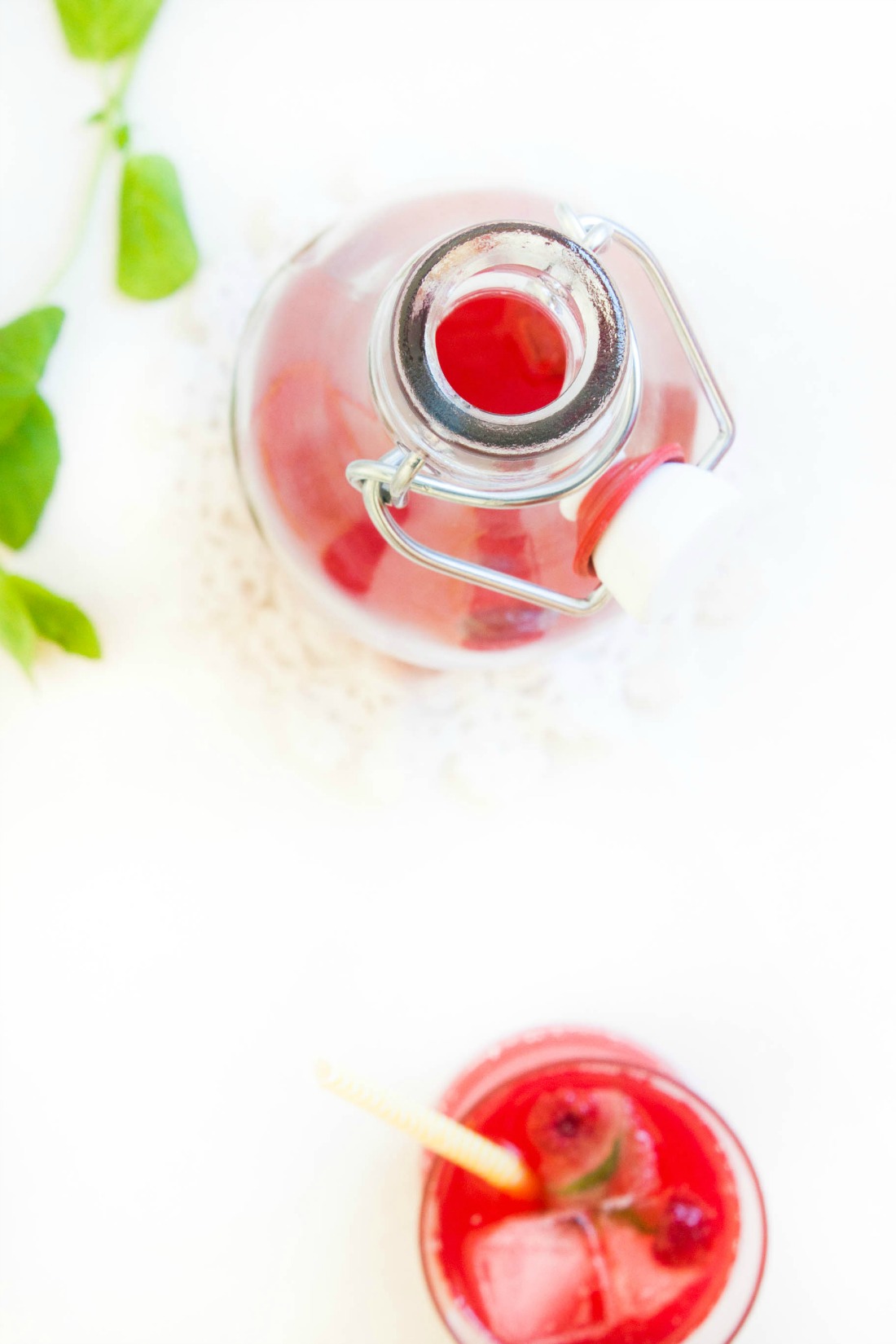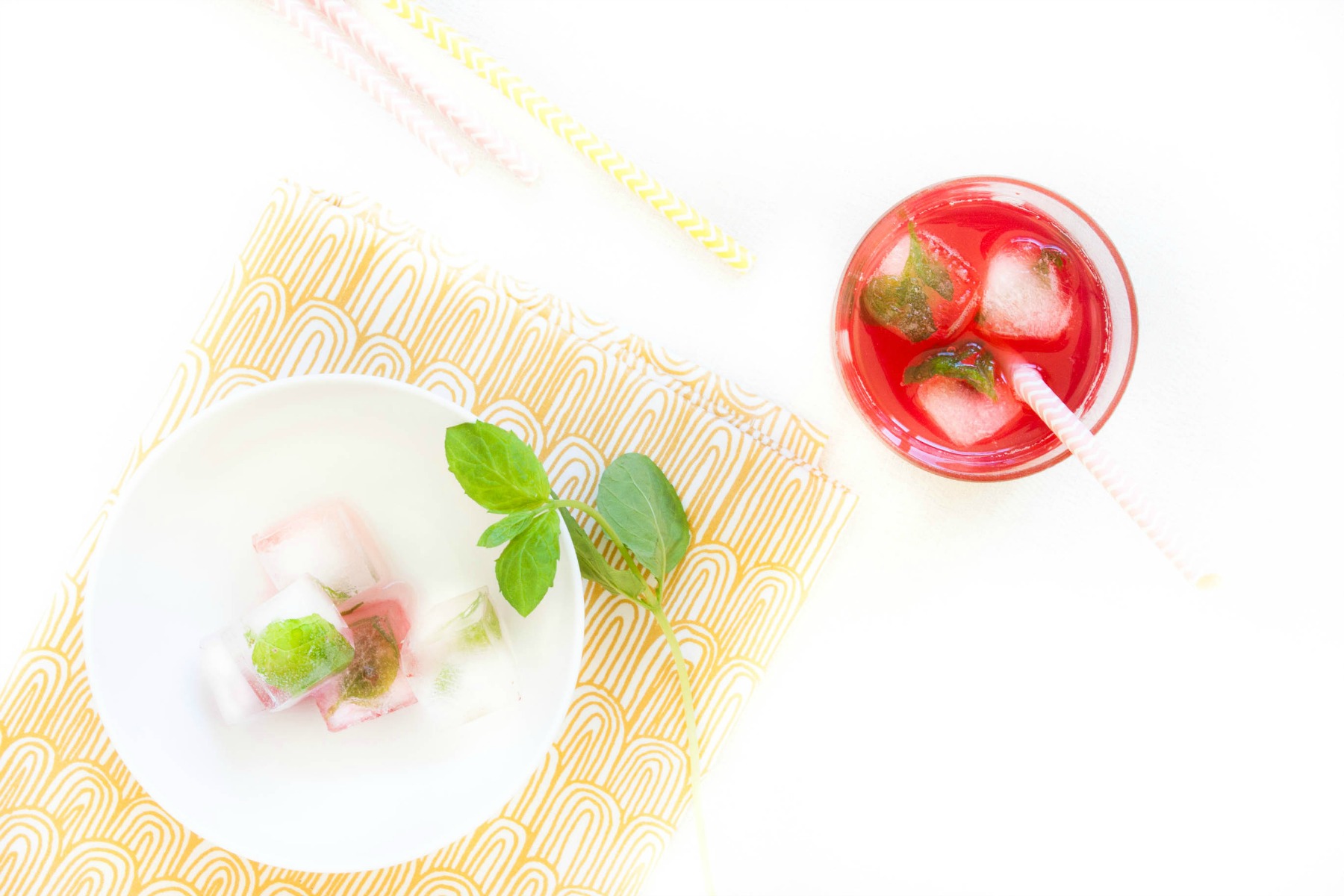I want to feel both the beauty and the pain of the age we are living in.
I want to survive my life without becoming numb.
I want to speak and comprehend words of wounding without having these words become the landscape where I dwell.
I want to possess a light touch that can elevate darkness to the realm of stars.
― Terry Tempest Williams, When Women Were Birds


I still remember my mom standing in the kitchen squeezing lemons over a white plastic bucket where the first fermentation would take place. The next day, the pre-fermented Sima was bottled into brown glass bottles with lightning stoppers. Full of excitement, I watched how the raisins slowly rose to the top because that indicated that the Sima was ready to be enjoyed...
Today, I have a recipe for Sima, Finland's most popular spring drink, for you. This sweet sparkling mead is typically enjoyed on Vappu (May Day), which is one of the four biggest holidays along with Midsummer, Christmas, and New Year. Vappu is all about cherishing spring and all that magical Nordic light after the long, dark winter. It's typically celebrated with the first picnic of the year; good company, balloons & paper streamers, plentiful to eat, something bubbly to drink, and smiling faces. Doesn't sound bad, does it?
Sima is traditionally made with lemons. However, I made a raspberry version with a friend of mine last year, and it turned out to be a real crowd-pleaser. Although Sima is a May Day drink, I don't see a reason why it couldn't be enjoyed on any other day of the year as well. It's just too delicious to be abandoned for a whole year! I've drunk it on 5 nights out of 5 now, and my dad described it as being süffig, meaning as much as "I can't get enough of it". Oh yes, it sure is addictive. And because of that, I'm definitely going to make a new batch soon. Very soon.
Cheers to spring!
Vadelmasima – Finnish Raspberry Mead
Recipe adapted from Dansukker
Makes about 2 l / 9 cups of Sima, can easily be doubled or tripled
Note 1: Sima has a very low alcohol content, and homemade Sima has such a low alcohol content that it's considered safe for children to consume.
Note 2: Fresh yeast is widely available in Finland (you can buy it in 2 oz packages at almost any store), and it's the type of yeast I'm most used to work with. I'm, however, aware of the fact that fresh yeast can be hard to find in many other countries. You can make Sima with (instant) active dry yeast as well. I did some research, and it seems like fresh yeast can be substituted with ¼ tsp (instant) active dry yeast. However, be sure that your liquid has the right temperature when adding the (instant) active dry yeast: a temperature of about 42–45°C / 108–113°F is needed. If the liquid is too cold, the yeast will not activate properly, and if it's too warm (50°C / 122°F), you'll end up killing it.
2 l (9 cups) water
200 g (7 oz) raspberries (fresh or frozen)
juice of 1 lemon
250 g (9 oz) granulated sugar
a piece of fresh yeas, the size of half a pea [for (instant) active dry yeast, see the note above]
for bottling:
dried cranberries (or raisins)
granulated sugar
to serve:
ice cubes (I made some with mint and raspberries)
In a medium-sized pot, bring water to a boil. Add raspberries, lemon juice, and sugar. Stir to dissolve the sugar. Let simmer for 3 minutes. Turn off the heat.
Let cool until lukewarm (about 36°C / 97°F). Add yeast and stir until the yeast is completely dissolved. Cover with a lid and let ferment at room temperature for about 24 hours.
Strain the fermented lemonade into clean bottles. Add 1 teaspoon of granulated as well as a couple of dried cranberries into each bottle. Close tightly.
The dried cranberries will act as an indicator of readiness for consumption (so clever!). The Sima is ready when all the cranberries have risen to the top of the liquid. This will typically take 2 to 3 days. Furthermore, as it ferments, the yeast will sink, and the Sima will start to clear. Sima will keep in the fridge for about a week. Just be careful when opening the bottles.... I nearly blew off one of my eyes. True story.
Serve chilled over ice cubes. Discard any cranberries as we don't want to actually drink them.
[You could definitely serve it with some booze, such as vodka, and call it a cocktail.]









